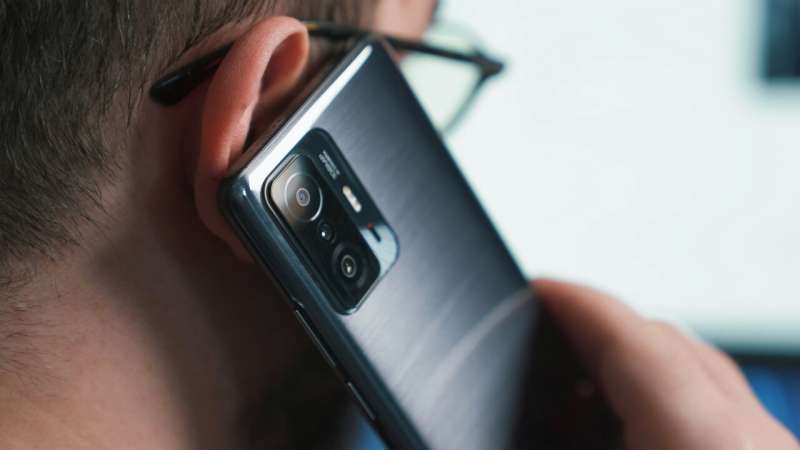Growing Use of Teletherapy for Mental Health and Substance Abuse Treatment

Teletherapy is increasingly the preferred method for mental health and substance use treatment, offering convenience and comparable effectiveness to in-person therapy, yet challenges remain in ensuring equitable access for all populations.
The landscape of mental health and substance misuse treatment is shifting rapidly, with an increasing number of patients turning to video calls and phone consultations rather than traditional in-person visits. In California, data from 2023 indicates that nearly 50% of adults seeking mental health or substance use disorder care did so exclusively through teletherapy, reflecting a significant change in healthcare delivery. About 24% utilized a mix of in-person and telehealth services, while approximately 23% still preferred in-person sessions. This transition has been notably influenced by the COVID-19 pandemic, which accelerated the adoption of virtual care, especially within the Department of Veterans Affairs, where over half of mental health treatments continue to be delivered remotely.
Patients appreciate teletherapy for its convenience and comfort, often feeling more willing to engage in therapy from their own homes. Studies confirm that teletherapy can be just as effective as traditional face-to-face therapy, with comparable improvement rates reported by patients. Experts highlight that the effectiveness depends on the mental health professional's skill in interpreting communication cues, which can sometimes be limited over video or phone calls. There are concerns about missing nonverbal signals and building emotional connections, particularly when technical issues arise.
Many teletherapy services are accessible through smartphone apps like BetterHelp and Talkspace, offering subscription-based sessions with licensed therapists. While some users report satisfaction, reviews also reveal challenges such as technical disruptions, unprofessional behavior, or abrupt therapist discontinuations, often linked to lower pay for therapists on these platforms. Nonetheless, the integration of insurance coverage reduces costs for many patients, making therapy more accessible.
Despite the increasing popularity of telehealth, disparities remain. Individuals with lower incomes and those in rural areas are less likely to use teletherapy, often due to limited internet access and privacy concerns. Wealthier and urban residents tend to have greater access and familiarity with online healthcare options. Additionally, the shift to remote work has enabled many therapists to operate from home, reducing expenses and increasing flexibility.
Overall, teletherapy has become a dominant mode for mental health service delivery, offering a practical alternative to in-person care but also highlighting ongoing challenges related to access and quality. Continued efforts are needed to bridge the gaps among underserved populations and ensure equitable mental health support.
Stay Updated with Mia's Feed
Get the latest health & wellness insights delivered straight to your inbox.
Related Articles
High Schoolers’ Mental Health Challenges Rising, Particularly Among Girls and Gender-Diverse Teens
A new large-scale study reveals that nearly a quarter of high school students experience mental health problems, with heightened risks among girls and gender-diverse teens. The findings underscore the urgent need for targeted prevention and support programs to improve adolescent mental well-being.
Addressing Interpersonal Violence as a Critical Public Health Issue in New Zealand
New research highlights that over 60% of women in New Zealand experience interpersonal violence, linking it to serious health issues and hospitalizations. Recognizing violence as a public health crisis is vital for effective prevention and care.
How Our Minds Shift Focus in Dynamic Environments: Insights from New Attention Research
Discover how human attention dynamically shifts focus in complex scenarios, guided by goal-oriented computational processes, as revealed by recent Yale research.



